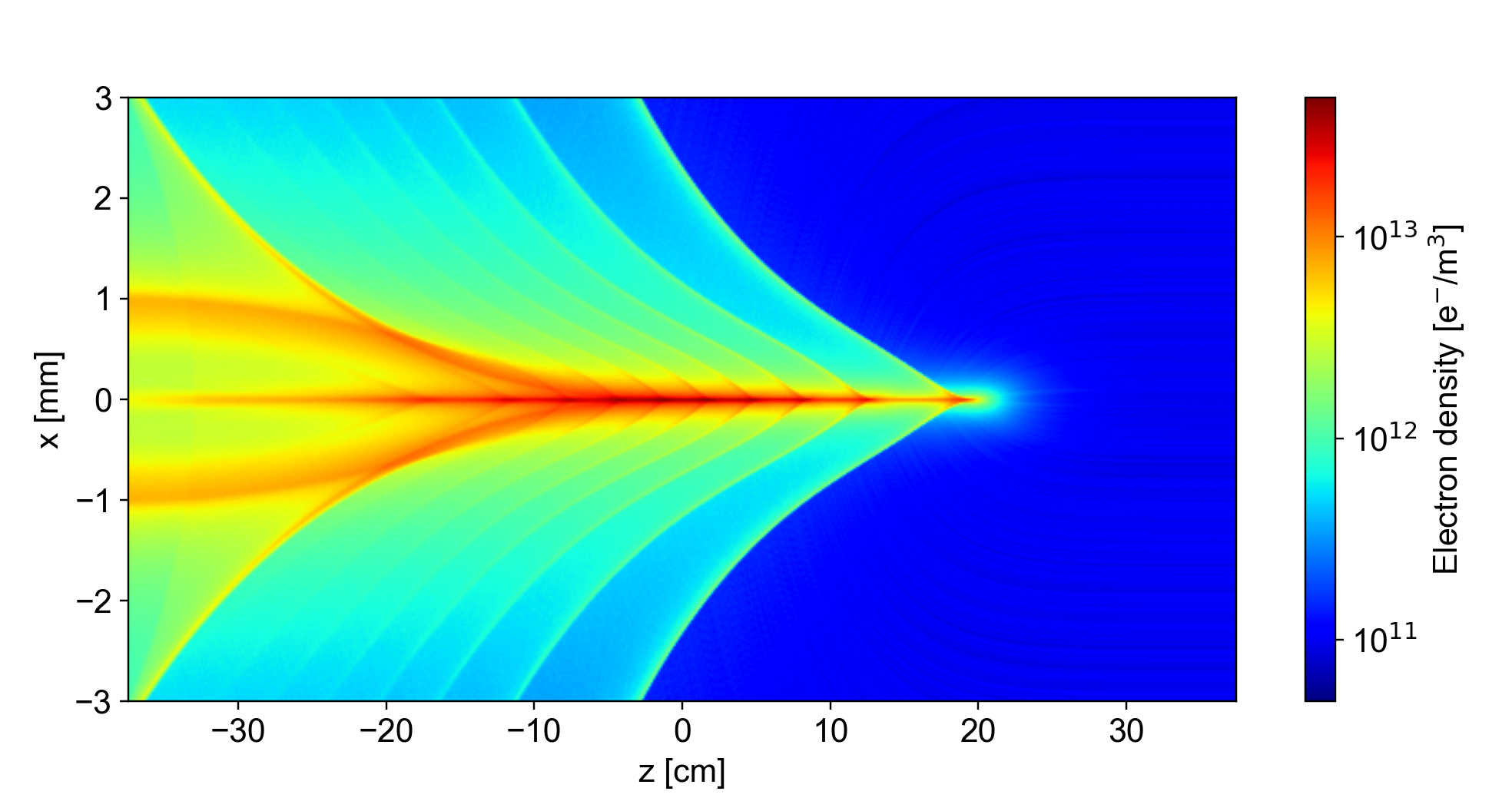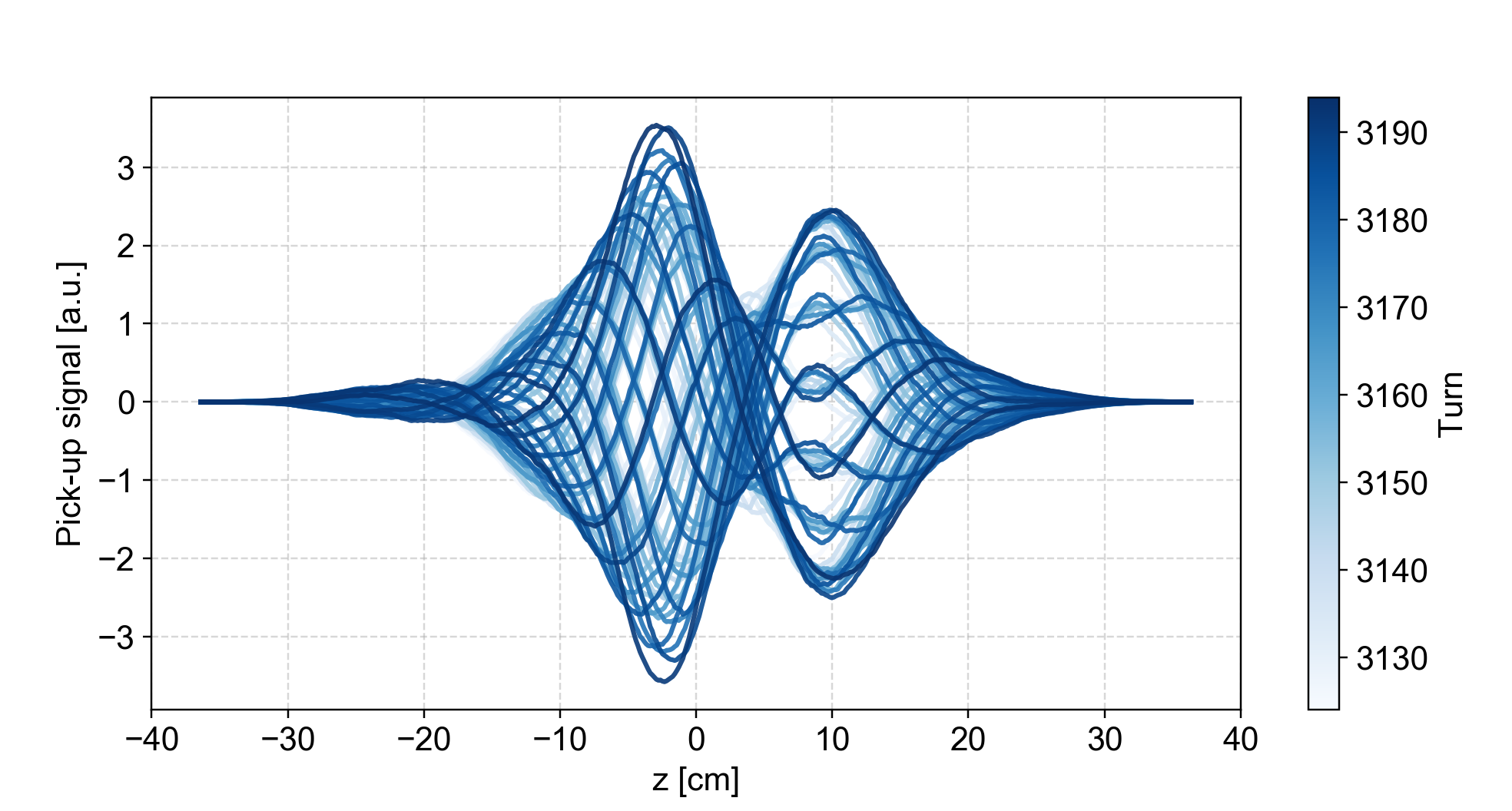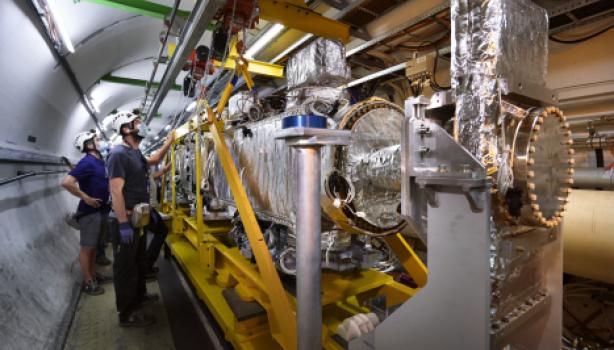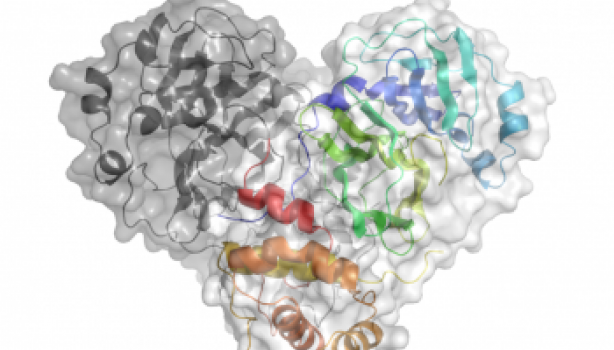Ultra-compact, powerful particle accelerators for research, healthcare, and industry have come a step closer with the completion of the EuPRAXIA design study, showing that plasma acceleration provides a viable alternative to established accelerator technologies.
Currently, the size and cost of accelerator facilities restrict access to this powerful technology, as EuPRAXIA Coordinator Dr. Ralph Assmann from DESY in Germany explains:
“In addition to their important role in fundamental research, particle accelerators are used throughout medicine and industry for cancer therapy, the production of radioisotopes for medical diagnostics, for cargo inspection, food sterilization, and for facilitating advances in the electronics industry. However, the energy achievable with the existing technology is limited by the physical size of the accelerator. Few organisations have the space or budget for a high-energy accelerator because of the size and cost.”
The accelerator designed by EuPRAXIA will use lasers or electron beams to propel electrons forward on a plasma wave. The result will be a much smaller, affordable accelerator that uses accelerating gradients up to 1,000 times higher than what can be achieved with RF technology.

Simulation of a plasma wakefield with ALaDyn PIC code. (Image credit A. Marocchino, INFN-LNF)
Professor Carsten P Welsch, EuPRAXIA’s Communication Lead and Head of Physics at The University of Liverpool, continues: “EuPRAXIA is a game-changer with the potential to offer accelerators for everyone, everywhere. It can make existing applications more accessible and affordable so that future accelerators could be installed in university campuses, hospitals, and factories and offer the opportunity for new applications that we can currently only dream about.”
The design of EuPRAXIA includes a facility for pilot users so that researchers can explore the full potential of the accelerator for the first time. The foreseen electron energy range of 1-5 GeV and its performance goals will enable versatile applications in various domains, e.g. as a compact free-electron laser (FEL), compact sources for positron generation, table-top test beams for particle detectors, as well as deeply penetrating X-ray and gamma-ray sources for material testing. An area of particular interest is to be able to produce ultra-fast electron and photon pulses that are highly relevant for studying biological and chemical processes.
Over the last four years, scientists have evaluated nine different scenarios for creating high-quality beams using plasma acceleration. In the end, several highly performing accelerator designs have been found as an optimal way forward and will be integrated into multiple beamlines using laser- and electron-beam-driven plasma wakefield acceleration.
Once a factor-3 reduction in facility size has been demonstrated by EuPRAXIA, a miniaturization process towards even more compact designs will be pursued. A reduction factor of 10 and even 20 for the accelerator itself seems feasible at high beam energy.
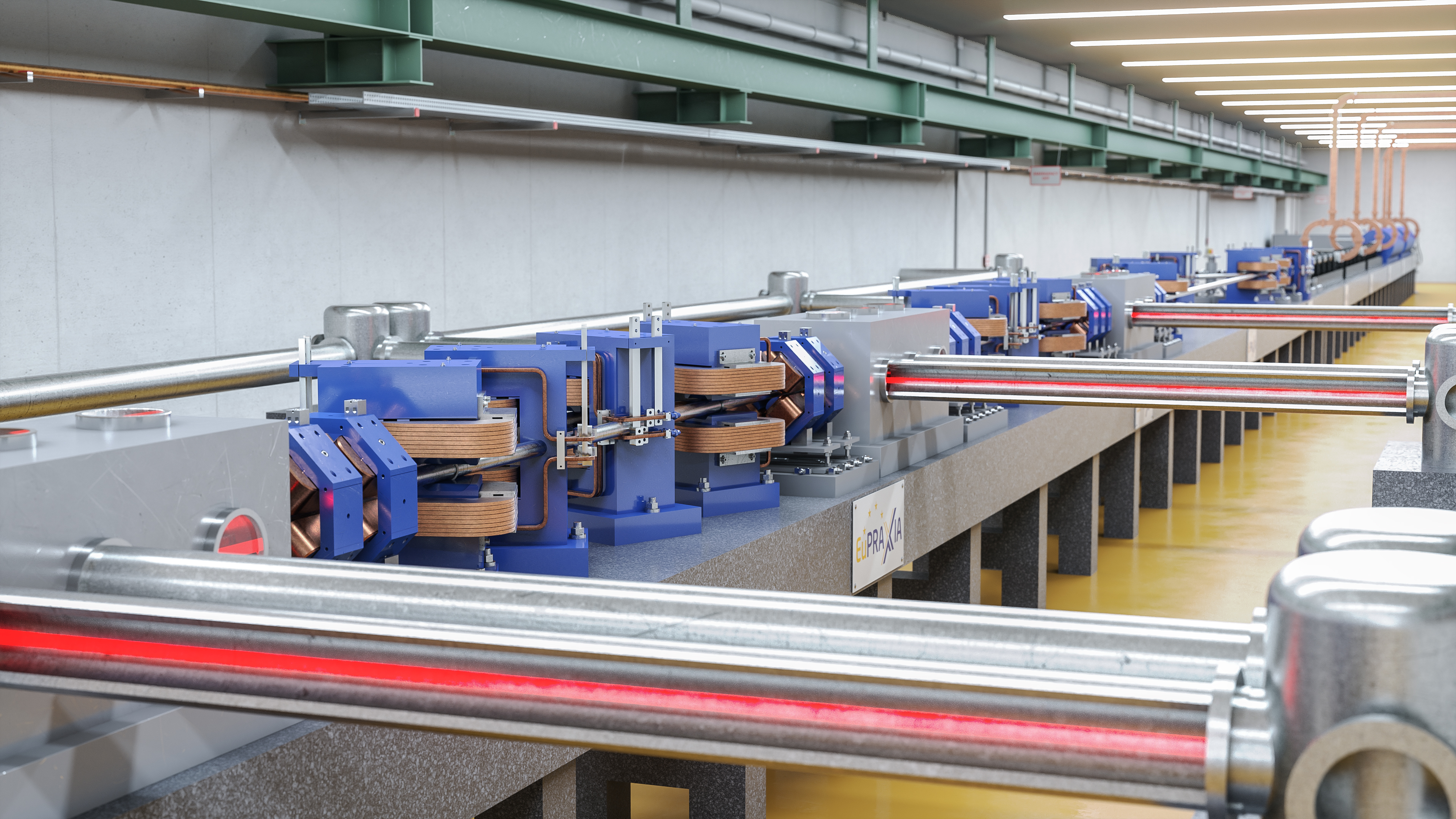
Rendering of the two-stage, very low energy spread plasma accelerator developed for the EuPRAXIA facility. The open tubes show the paths of the laser pulses (red lines) that drive the plasma wakefields in the vacuum chambers. (Image credit: EuPRAXIA)
The EuPRAXIA design is the result of four years of work by leading scientists from 16 laboratories and universities from five European countries, with a further 25 partners globally. It has been coordinated by DESY and funded by the EU’s Horizon 2020 programme. Participation in EuPRAXIA provides a unique opportunity to be at the forefront of research, which will revolutionise the use of accelerators.
The publication of the conceptual design report is an important milestone towards the realisation of the world’s first plasma accelerator with superior beam quality. Dr. Assmann explains: “EuPRAXIA has involved, amongst others, the international laser community and industry to build links and bridges with accelerator science. The proposed EuPRAXIA infrastructure aims at the construction of an innovative electron accelerator using laser- and electron-beam-driven plasma wakefield acceleration that offers a significant reduction in size and possible savings in cost over current state-of-the-art RF-based accelerators. Our CDR presents a fascinating concept for a next-generation facility.”
More information about EuPRAXIA and the Conceptual Design Report can be found on the project website: http://www.eupraxia-project.eu.



